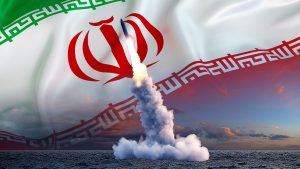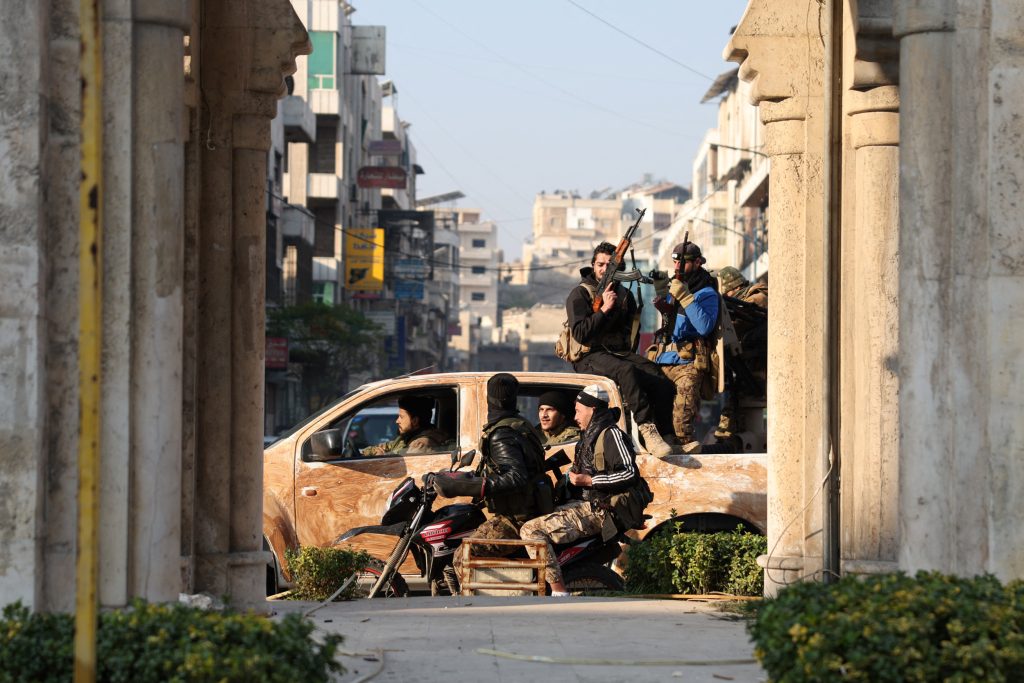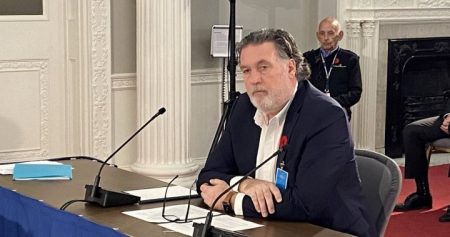The Fall of Assad and the Rise of Hayat Tahrir al-Sham (HTS): A New Chapter in Syria’s Turmoil
After more than five decades of iron-fisted rule by the al-Assad family, Syria witnessed a dramatic shift in power as President Bashar al-Assad reportedly fled to Russia and rebel forces, spearheaded by Hayat Tahrir al-Sham (HTS), seized control of the capital, Damascus. This marked the culmination of a brutal 14-year civil war that shattered the nation and left it vulnerable to the rise of various factions vying for control. HTS, a complex and evolving entity, emerged from the ashes of Jabhat al-Nusrah, al-Qaeda’s former Syrian affiliate, led by Abu Mohammed al-Golani (also known as Ahmad al-Sharaa). While carrying the baggage of its extremist past, HTS presents a multifaceted image, raising questions about its true intentions and the future it envisions for Syria.
The transformation of HTS, from its al-Qaeda roots to its current iteration, is a story of ideological shifts and strategic realignments. Al-Golani, a seasoned jihadist who fought against U.S. forces in Iraq and was once aligned with ISIS leader Abu Bakr al-Baghdadi, has since distanced himself from both organizations. His apparent break with al-Qaeda in 2016 stemmed from "strategic disagreements," suggesting a divergence in their vision for Syria. The subsequent merger of Nusrah Front with other anti-Assad groups in 2017 to form HTS solidified this shift, marking a move towards a broader coalition and potentially a more pragmatic approach. Al-Golani’s rejection of al-Qaeda and ISIS’s extreme violence and disregard for civil rights, as noted by experts, indicates a potential evolution in his thinking. However, the U.S. State Department continues to designate HTS as a terrorist organization.
HTS’s ascent to power raises critical questions about its future governance and its impact on the Syrian landscape. Al-Golani’s recent pronouncements suggest a desire to move beyond HTS’s extremist past and embrace a more inclusive political system. His statements about institutional governance, respect for minority rights, and the potential dissolution of HTS after Assad’s fall signal a potential willingness to engage in a political process. These statements, while potentially encouraging, need to be evaluated against the backdrop of HTS’s history and the complexities of the Syrian conflict. His actions, including allowing the Syrian Prime Minister to remain in office, will be closely scrutinized as indicators of his true intentions.
The international community faces a challenging dilemma in its approach to HTS. While its past association with al-Qaeda and its designation as a terrorist organization raise serious concerns, HTS’s control over Idlib and its apparent success in uniting disparate rebel groups cannot be ignored. Some analysts argue that engaging with al-Golani, despite his past, may be necessary to achieve stability in Syria. This pragmatic approach recognizes the need for dialogue with those who hold power on the ground, even if their history is fraught with controversy. The $10 million bounty on al-Golani’s head complicates this further, requiring delicate diplomatic maneuvering.
The success of HTS, where other rebel groups have failed for over a decade, can be attributed to a combination of factors, including strategic timing and a weakened Assad regime. Russia’s preoccupation with the war in Ukraine, Iran’s focus on Hezbollah, and the weakening of Hezbollah itself created a vacuum that allowed HTS to seize the opportunity. The Syrian army’s apparent reluctance to fight after years of brutal conflict further facilitated HTS’s advance. These factors converged to create a window of opportunity that HTS exploited effectively.
The future of Syria remains uncertain, and the rise of HTS presents both challenges and opportunities. Its past association with extremism raises legitimate concerns about its adherence to democratic principles and respect for human rights. However, its apparent willingness to engage in dialogue, its focus on establishing institutional governance, and its emphasis on including minority groups offer a glimmer of hope. The international community, while cautious, must carefully analyze HTS’s actions and pronouncements to determine the best course of action. Engaging with HTS, despite its controversial past, may be necessary to prevent further escalation of conflict and pave the way for a more stable and inclusive future for Syria. The coming months will be critical in determining whether HTS can truly transform itself and live up to its promises, or whether its past will continue to haunt the Syrian people. The potential for further conflict and proxy wars remains high, particularly concerning the Kurdish-controlled northern regions, and the world watches closely as this new chapter in Syria’s tumultuous history unfolds.










